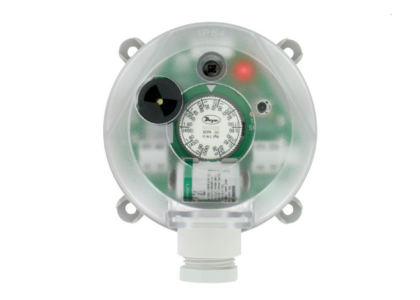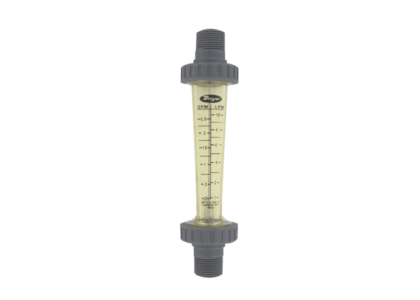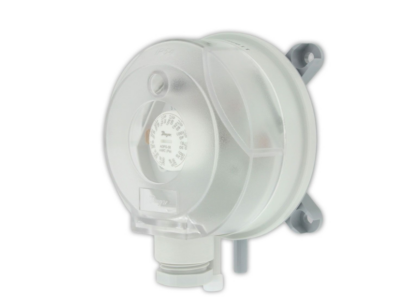To prevent product shortages that could lead to losing customers, businesses must adopt a proactive approach to inventory management. Product shortages can frustrate customers, damage a brand’s reputation, and ultimately result in lost sales. This blog will explore practical strategies to mitigate the risk of stockouts and maintain customer loyalty.
Understanding the Impact of Product Shortages
Product shortages can have severe consequences for businesses. For instance, CGP Retailers lost 7.4% in sales due to inventory shortages in 2021, amounting to approximately $82 billion in missed revenue. When customers cannot find the products they want, they often turn to competitors. Studies suggest that businesses can lose between 21% to 41% of their customers to competitors when they run out of stock. Thus, preventing shortages is crucial for maintaining sales and customer satisfaction.

The Domino Effect of Stockouts
The repercussions of inventory shortages extend beyond immediate sales losses. They can lead to:
- – Customer Dissatisfaction: Failing to deliver products on time can frustrate customers, leading them to seek alternatives.
- – Reputation Damage: A company’s reliability is tied to its ability to meet customer demand. Frequent stockouts can tarnish a brand’s image and erode trust.
- – Financial Losses: Not only do stockouts result in lost sales, but they can also incur additional costs related to managing refunds and backorders.
Strategies to Prevent Product Shortages
1. Understand Demand Patterns
The first step in preventing stockouts is to accurately forecast demand. This involves analyzing historical sales data and understanding seasonal trends, customer preferences, and market conditions. For example, if a business sells winter clothing, it should anticipate higher demand as the season approaches. By understanding these patterns, businesses can adjust their inventory levels accordingly, avoiding both overstocking and understocking.
2. Optimize Reorder Points and Quantities
Setting appropriate reorder points is essential. A reorder point is the minimum inventory level that triggers a new order. By calculating reorder points based on demand patterns, lead times, and safety stock, businesses can ensure they reorder products before running out. For instance, if a retailer knows that it takes two weeks to receive a shipment and sells 100 units per week, it should reorder when inventory drops to 200 units.
3. Maintain Safety Stock
Safety stock acts as a buffer against unexpected demand spikes or supply chain disruptions. While keeping too much safety stock can be costly, having a small reserve can prevent stockouts during unforeseen circumstances. Businesses should calculate their ideal safety stock levels based on historical sales data and variability in demand.
4. Improve Supplier Relationships
Strong relationships with suppliers can enhance communication and reliability. Businesses should regularly discuss inventory needs and expectations with suppliers to ensure timely deliveries. For example, if a supplier is experiencing delays, early communication can help businesses adjust their inventory plans accordingly.
5. Implement Inventory Management Software
Utilizing inventory management software can streamline inventory tracking and forecasting. These tools can help businesses monitor stock levels in real-time, set reorder alerts, and analyze sales trends. By automating these processes, businesses can reduce the risk of human error and ensure they have the right products available.
6. Regularly Review Inventory Performance
Businesses should continually assess their inventory performance using key metrics such as inventory turnover and stockout rates. This analysis can help identify areas for improvement and inform future inventory strategies. For instance, if a particular product consistently runs low, it may indicate a need for higher reorder quantities or more frequent reordering.
7. Keep Customers Informed
Transparent communication with customers is vital, especially when stockouts occur. Businesses should update customers about product availability and estimated restock dates. This level of transparency can help manage customer expectations and maintain trust, even when products are temporarily unavailable.




